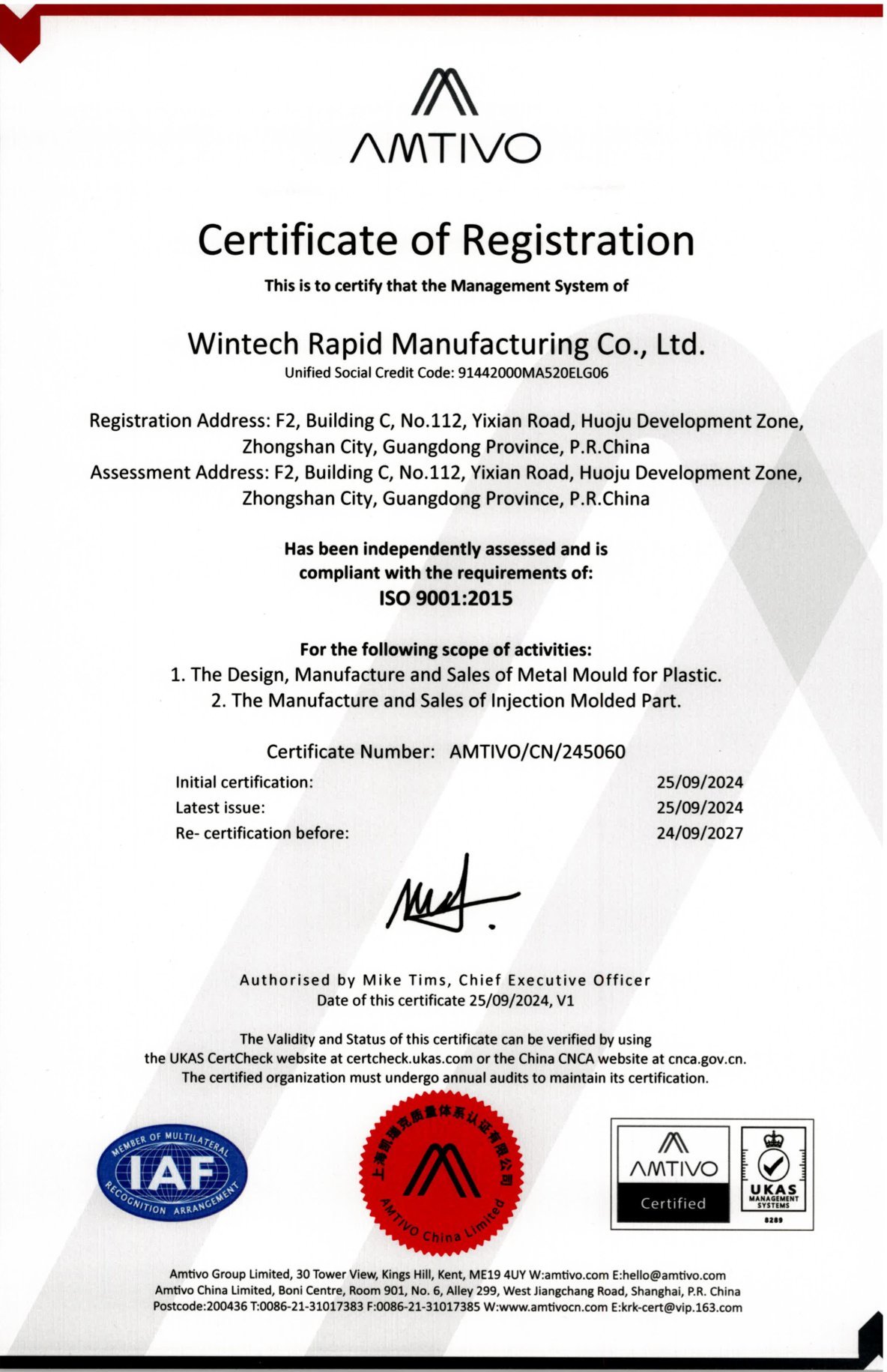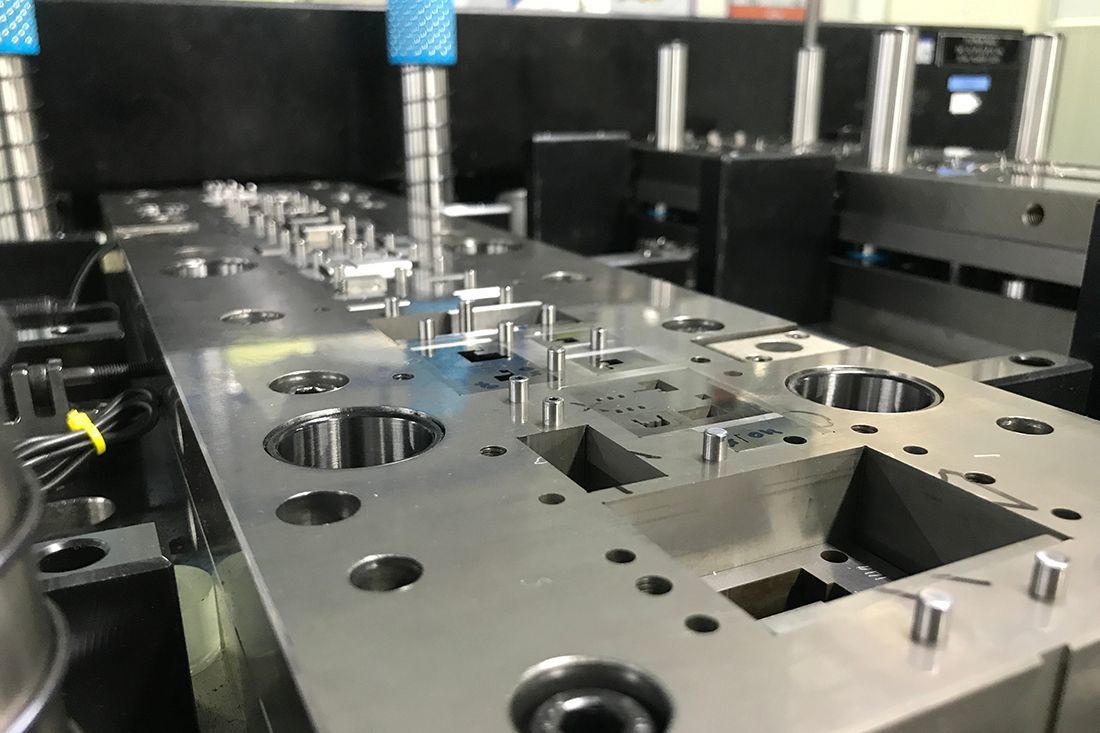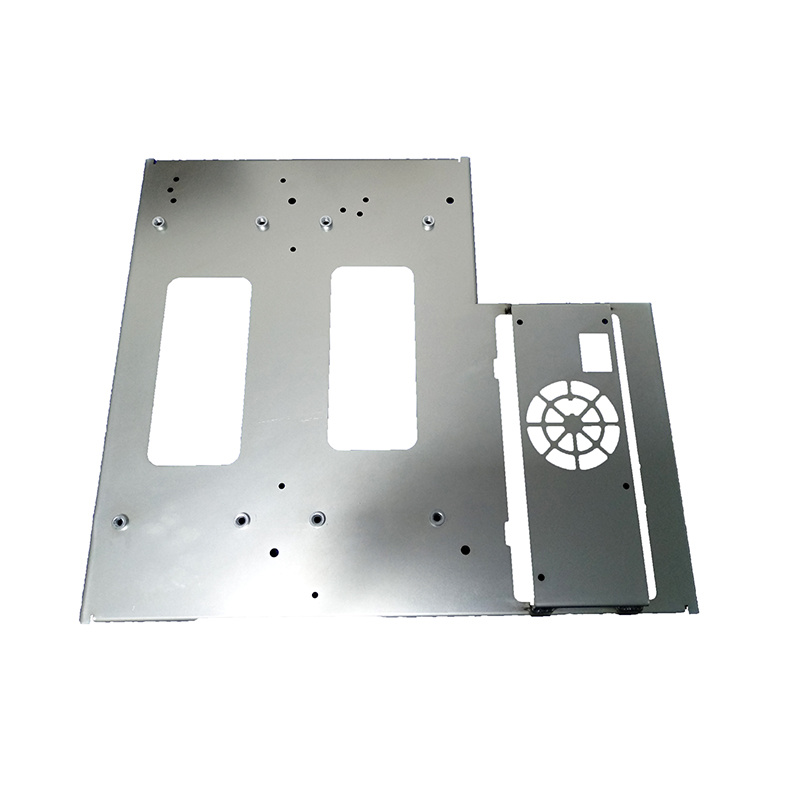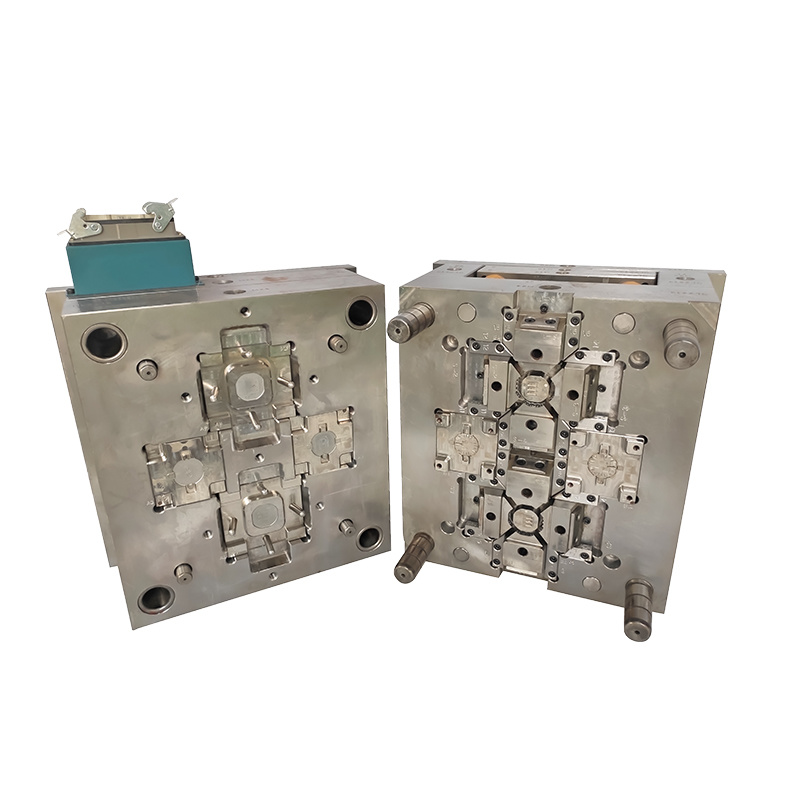Unlocking Efficiency: The Benefits of Low Volume Molding in Manufacturing
Time:
2025-07-12 11:20
Source:
Unlocking Efficiency: The Benefits of Low Volume Molding in Manufacturing
Manufacturing is an ever-evolving industry that continuously seeks innovative methods to enhance efficiency and reduce costs. Among the various techniques, **low volume molding** has emerged as a powerful solution for manufacturers looking to streamline their production processes. This article delves deep into the concept of low volume molding, exploring its myriad benefits, applications, and best practices for implementation.
Table of Contents
- Understanding Low Volume Molding
- Benefits of Low Volume Molding
- Applications of Low Volume Molding in Various Industries
- Cost Effectiveness of Low Volume Molding
- Design Flexibility in Low Volume Molding
- Environmental Impact of Low Volume Molding
- Best Practices for Implementing Low Volume Molding
- Frequently Asked Questions (FAQs)
- Conclusion
Understanding Low Volume Molding
Low volume molding refers to the process of producing plastic parts in smaller quantities, typically ranging from **100 to 10,000 units**. This manufacturing approach allows companies to meet specific market demands without the need for extensive production runs. Low volume molding encompasses various techniques including **injection molding**, **compression molding**, and **blow molding**, tailored to meet unique project requirements.
Unlike traditional mass-production methods that require substantial upfront investment and tooling costs, low volume molding enables manufacturers to experiment with designs and materials while minimizing risk. This adaptability makes it an ideal choice for startups, R&D projects, and niche markets.
Benefits of Low Volume Molding
1. Reduced Lead Time
One of the most significant advantages of low volume molding is **reduced lead time**. By utilizing existing molds or creating simplified tooling, manufacturers can bring their products to market more quickly. This expedited timeline is especially beneficial in fast-paced industries where time-to-market is crucial for gaining a competitive edge.
2. Cost Savings
Low volume molding can substantially lower production costs. Traditional methods often necessitate high initial investments in tooling and machinery, which can be prohibitive for smaller production runs. In contrast, low volume molding allows companies to spend less on upfront costs while still achieving quality results. Furthermore, material waste is minimized, leading to additional savings.
3. Increased Customization
Manufacturers can benefit from the **customization capabilities** offered by low volume molding. This technique allows for the creation of unique products tailored to specific customer needs. With the ability to modify designs easily, manufacturers can respond swiftly to market demands and changes, fostering innovation and customer satisfaction.
Applications of Low Volume Molding in Various Industries
1. Automotive Industry
In the automotive sector, low volume molding is increasingly used for producing specialized components and prototypes. This method allows manufacturers to create custom parts for electric vehicles or test new designs without committing to large-scale production.
2. Consumer Electronics
The consumer electronics industry benefits significantly from low volume molding, as manufacturers can quickly produce prototypes for new devices. This rapid prototyping capability accelerates the development process, allowing companies to test and refine their products before full-scale production.
3. Medical Devices
In the medical field, low volume molding is essential for the production of specialized equipment and instruments. Given the stringent regulations and the need for precise designs, this method enables manufacturers to create custom solutions without extensive lead times.
4. Aerospace Industry
The aerospace sector employs low volume molding for creating parts that require high precision and quality. Low volume production allows for the development of prototypes and small batches of components, which is vital in an industry where safety is paramount.
Cost Effectiveness of Low Volume Molding
The cost-effectiveness of low volume molding is one of its most appealing aspects, particularly for smaller businesses or startups. Traditional molding methods may involve hefty costs for tooling and setup, which can be a barrier to entry for many companies. Low volume molding reduces these costs significantly, allowing businesses to allocate resources more efficiently.
Additionally, as production volumes increase, the cost per unit can decrease, making low volume molding a scalable solution. This aspect allows companies to start small and gradually ramp up production as demand grows, effectively balancing risk and investment.
Design Flexibility in Low Volume Molding
Design flexibility is another key benefit of low volume molding. Manufacturers can easily modify existing molds or create new ones to accommodate changes in design or specifications. This adaptability means that businesses can test different materials or features without incurring significant costs or delays.
The ability to iterate quickly on design also fosters a culture of innovation. Companies can experiment with new ideas, gather feedback from customers, and implement changes rapidly, ensuring that they remain competitive in the ever-changing marketplace.
Environmental Impact of Low Volume Molding
Low volume molding is not only economically advantageous but also has a positive environmental impact. Traditional manufacturing processes often result in significant waste production. In contrast, low volume molding minimizes waste through effective material management and optimized production runs.
Additionally, this method supports sustainable practices by reducing the need for large-scale production and the associated energy consumption. Manufacturers can focus on creating high-quality products with less environmental footprint, aligning with the growing demand for sustainability in the manufacturing industry.
Best Practices for Implementing Low Volume Molding
1. Invest in Quality Tools
Investing in high-quality molds and tooling is crucial for achieving optimal results in low volume molding. Quality tools ensure precision and longevity, reducing the need for frequent replacements and repairs.
2. Collaborate with Experts
Working with experienced professionals in low volume molding can vastly improve the efficiency and outcome of production. Their expertise can guide the design process, material selection, and manufacturing techniques, ensuring that the final product meets the required standards.
3. Focus on Material Selection
Choosing the right material is vital for the success of low volume molding. Consider factors such as durability, cost, and compatibility with the intended application when selecting materials for production.
4. Streamline Communication
Effective communication between design, engineering, and production teams can significantly enhance the low volume molding process. Clear lines of communication help ensure that everyone is aligned on project goals, timelines, and requirements.
Frequently Asked Questions (FAQs)
1. What is low volume molding?
Low volume molding refers to the production of plastic parts in smaller quantities, typically between 100 and 10,000 units. It allows manufacturers to produce specialized components without the high costs associated with traditional mass production.
2. What industries benefit from low volume molding?
Industries such as automotive, consumer electronics, medical devices, and aerospace benefit from low volume molding due to its cost-effectiveness, rapid prototyping capabilities, and design flexibility.
3. How does low volume molding compare to traditional molding methods?
Low volume molding typically involves lower upfront costs and quicker turnaround times compared to traditional molding methods, making it a more flexible option for smaller production runs.
4. Can low volume molding support product customization?
Yes, low volume molding allows for significant product customization, enabling manufacturers to quickly adapt designs based on customer feedback and market demands.
5. What are the environmental benefits of low volume molding?
Low volume molding reduces waste and energy consumption associated with large-scale production, making it a more sustainable manufacturing method.
Conclusion
Low volume molding presents a compelling solution for manufacturers seeking to enhance efficiency, reduce costs, and foster innovation. With its numerous benefits, including reduced lead times, cost savings, and design flexibility, it is no wonder that this method is gaining traction across various industries. As companies continue to embrace low volume molding, they can optimize their production processes and meet the ever-evolving demands of the market.
low volume molding
Previous Page
Previous Page
Related news
2024-11-15








